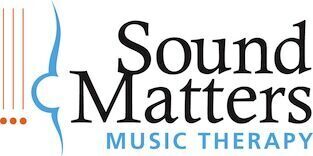I have written before that I am in transition between working in two different music therapy approaches. I’m trying to become more and more comfortable with the process-oriented approach (which, in turn, leads me to feeling a lot of discomfort within sessions, but this could be a topic for another day). When I’m working with my clients now, I use a lot of improvisation. My principal instrument is voice, but I tend to use a variety of rhythm instruments with many of my clients.
I have some small groups of adults, with whom I am working on group improvisation. Today, I look back at Tony Wigram’s Improvisation, published in 2004. One goal I have in working with one group is to develop a stronger sense of cohesion in order to improve some social skills. Wigram writes about “rhythmic dialogues” on page 167. This kind of dialogue is something I’m hoping to facilitate.
He writes:
Important potentials when trying to develop rhythmic improvisation are:
- improvising using a rhythmic figure, but without pulse;
- improvising with the same rhythmic figure using a pulse;
- rhythmic dialogues — where a rhythmic theme is used to build dialogue between two players
- establishing a pulse but without imposing a meter on it where random accents can disrupt any sense of meter;
- establishing a steady pulse with a meter where the accents can accentuate the meter…
I use the dialogues, as I mentioned, the most, and then maybe the first two bullet points as well. Sometimes I’m able to experience a nice back-and-forth with this group, which is encouraging.
How do you feel about this book? Do you use rhythmic thematic improvisation or melodic thematic improvisation most often?
